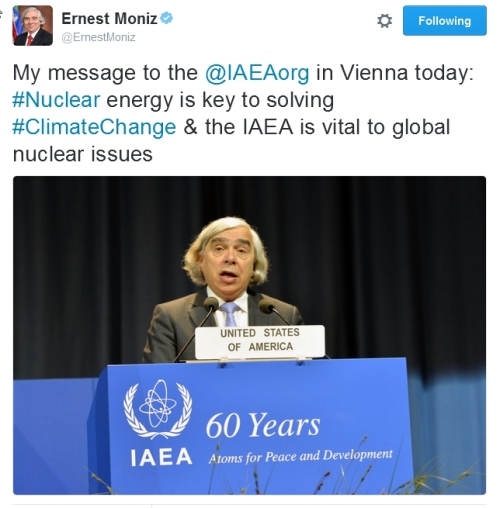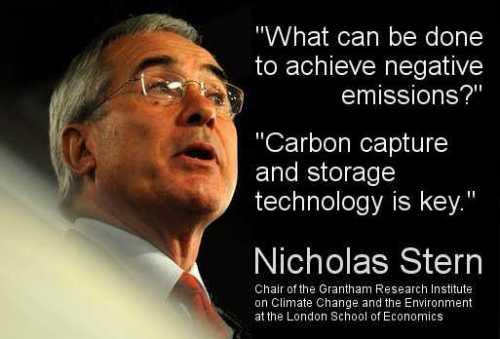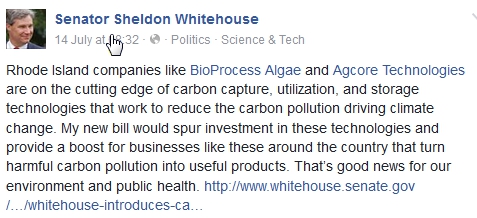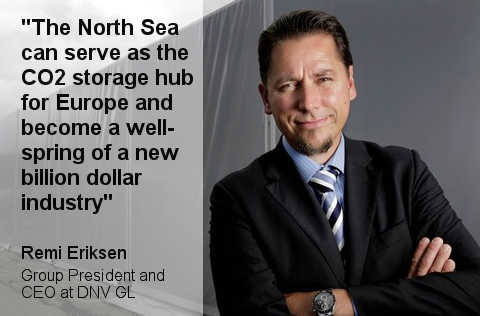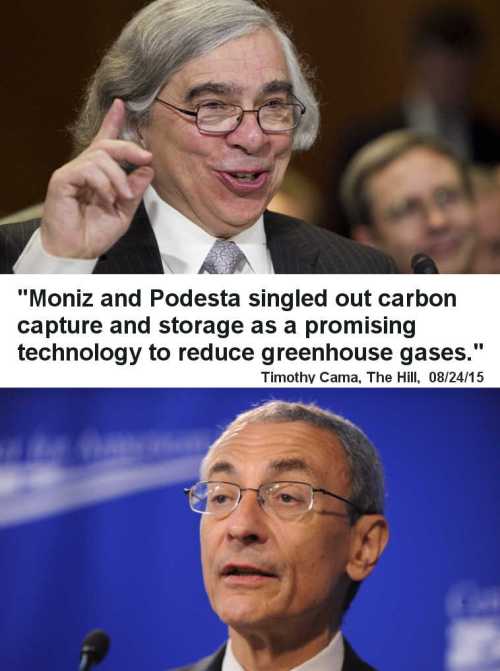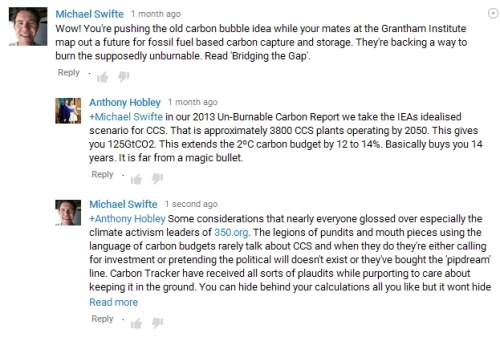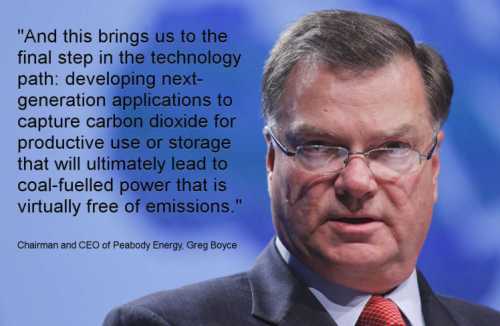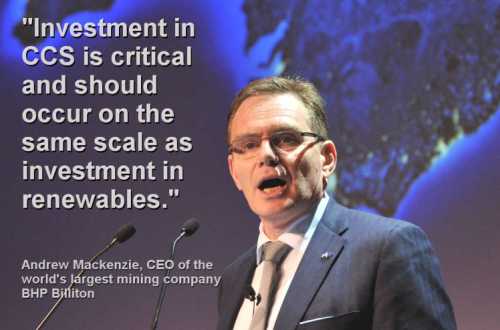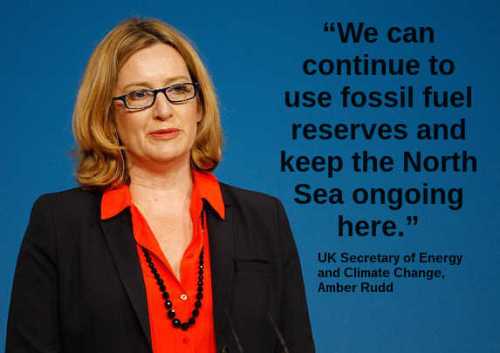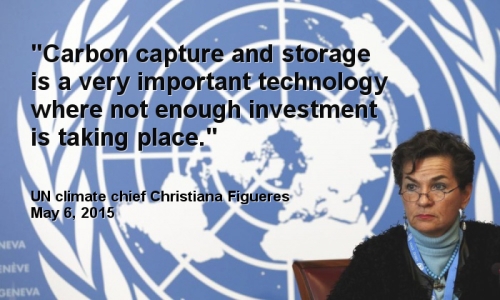Aug 31
20220
"Net Zero" Activism BigGreen discourse carbon capture and storage carbon capture utilization and storage (CCUS) climate activism energy sector frontline action psywar reforms
When Thinking About Fossil Fuel Phase-outs: The Key Word is ‘Unabated’
July 4, 2022
By Michael Swifte
[*This textual analysis is a follow up to my op-ed for Off-Guardian in November 2021. It’s a long read, but you will see how the realities I pointed out in during COP 26 were papered over through management of language in the intervening months.]
Qualifying language makes a statement less certain. Any leader who says that they want to “phase out fossil fuels” will receive applause from climate warriors and have their message amplified in the media. For media organs like The Guardian and the various climate activist NGOs and think tanks, applause is all that matters. When conforming to particular attention-metrics yielding narratives, climate warriors and their stenographer friends in the media will ignore crucial qualifying language.
The word ‘unabated’ is the preeminent qualifier applied to language relating to phasing out fossil fuels under net zero modelling and commitments. Its application makes statements and commitments less certain by assigning them to one category of fossil fuels – those with CO2 abatement applied. When stenographers and narrative slaves choose not to attend to the uncertainty caused by the qualifier ‘unabated’, they are choosing to misinform the people.
The qualifier
The think tank E3G put out a good explainer on the meaning of ‘unabated’ ahead of COP26 in June 2021. In essence ‘unabated’ means: without some form of carbon capture and storage applied.
In May and June 2021, the term featured prominently in the IEA’s Net Zero Energy report and the official communiques from meetings of G7 Ministers and Leaders.
The term appears 52 times in the IEA Net Zero by 2050 report. In the Summary for Policy Makers – ‘Priority Action’ section, a call is made for a “massive clean energy expansion”.
Policies should limit or provide disincentives for the use of certain fuels and technologies, such as unabated coal?fired power stations, gas boilers and conventional internal combustion engine vehicles.
Ignoring the qualifier
There are any number of examples of stenographers and pundits ignoring the qualifying term in question. Fiona Harvey ignored the ‘unabated’ qualifier when the IEA Net Zero by 2050 report was released in May 2021.
No new oil, gas or coal development if world is to reach net zero by 2050, says world energy body: Governments must close gap between net zero rhetoric and reality, says International Energy Agency head
When discussing Fatih Birol’s position on new technology, Harvey underplays the scope of CCS technology in development. The role projected for biomass as a feed stock and fossil hydrogen production at new decarbonisation hubs in Europe should be explored. The decarbonisation hubs planned around the Alberta Carbon Trunk Line should be considered when claims that CCS has not been proven ‘at scale’ are made. Blue ammonia import deals being hammered out in Asia should be analysed and the oil and gas giants like Saudi Aramco and Woodside making those deals should be investigated. The new CO2 pipelines proposed for Iowa, North Dakota, Illinois, Nebraska and Wyoming should be explained in terms of the political will and long term legislative efforts behind their development.
The crucial new technologies in development are: advanced batteries, particularly for use in electric vehicles; hydrogen; and carbon capture.
Damian Carrington provided a classic example of misrepresentation through silence in September 2021.
In May, an IEA report concluded that there could be no new oil, gas or coal development if the world was to reach net zero by 2050.
The Executive Director of the IEA, Fatih Birol used the ‘unabated’ qualifier in a session on ‘Navigating the Energy Transition’ at Davos Agenda in January 2022. He wasn’t ignoring the qualifier, but rather he was forefronting energy efficiency. His comments were largely ignored.
Either we continue to use unabated fossil fuels – coal, oil and gas – and live with climate change, much more frequent extreme weather events, or we change the way we produce and consume energy.
The recent ‘carbon bombs’ series at The Guardian entirely avoided the crucial qualifier and reasserted the unqualified claim made a year earlier.
The IEA advised almost exactly a year ago that no new gas, oil or coal development could take place from this year onwards if the world was to limit global heating to 1.5C.
The Guardian seem to be keen to avoid mention of the over-reliance on CCS in modelling and phase out-out commitments. In order to make the ‘carbon bombs’ argument they need to frame out the political will for CCS and the state of its development. In their 13 May 2022 article they included a picture of the Saudi Aramco, Hawiyah NGL gas plant which deploys CCS and pipes the produced CO2 to an enhanced oil recovery project. They did not mention that the Hawiyah NGL plant was a CCS facility. Surely a gas CCS plant is not a prime example of a carbon bomb?
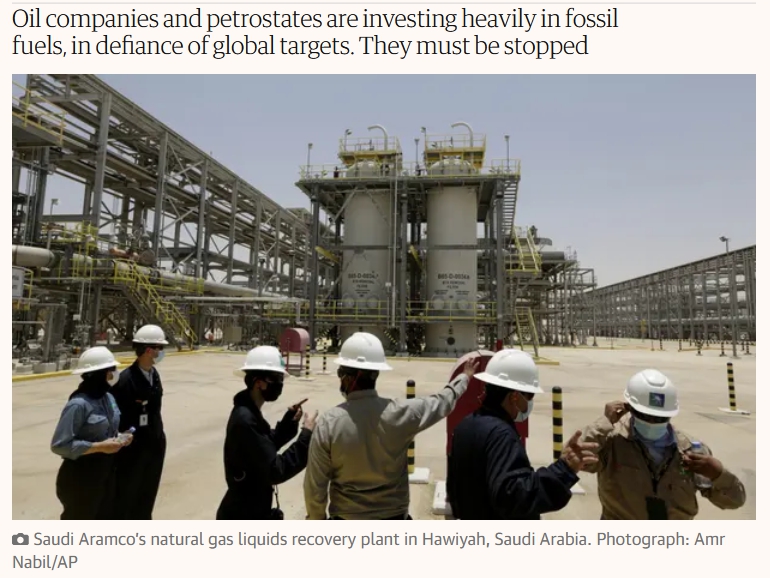
The 195 projects listed in The Guardian ‘carbon bombs’ series were identified in the study titled ‘“Carbon Bombs” – Mapping key fossil fuel projects’. The study which was revised in February 2022 makes no specific mention of “unabated” fossil fuels, biomass or CCS, but it does contain an assertion that completely negates the existence of the ‘unabated’ qualifier and the stated strategies for deploying large scale CCS outlined in the IEA Net Zero by 2050 report.
The recent IEA roadmap for net zero by 2050 which arrived at the conclusion that no new oil and gas fields nor coal mines are needed (Bouckaert et al., 2021) aligns well with the argument
The IEA Net Zero by 2050 report uses the ‘unabated’ qualifier liberally, but it also spells out clearly the infrastructure needed for large scale CCS.
And the required roll?out of hydrogen and CCUS after 2030 means laying the groundwork now: annual investment in CO2 pipelines and hydrogen-enabling infrastructure increases from USD 1 billion today to around USD 40 billion in 2030.
Fossil Fuel Treaty, an organisation spearheaded by Tzeporah Berman made a subtle acknowledgment that the IEA modelling allows future opportunities for CCS in their May 2021 media release. In doing so they contradicted their headline. They also made no mention of the crucial qualifier.
Headline:
New IEA scenario finds fossil fuel expansion is needless and incompatible with 1.5°C
Subtle acknowledgement:
At the same time, the IEA net zero report ignores the imperative of winding down oil, gas and coal production.
In an April 2022 media release Fossil Fuel Treaty selectively quoted the IPCC Working Group 3 on mitigation AR6 contribution, and provided a misleading headline. The term ‘unabated’ appears 21 times in the report. Section C on ‘system transformation’ contains the quote provided by Fossil Fuel Treaty in their media release. For contrast: the text immediately following the quote that was selected by Fossil Fuel Treaty contains an explanation of how “modelled mitigation strategies” support “transitioning from fossil fuels without CCS”.
Headline:
IPCC report reaffirms urgency to phase out fossil fuels to stave off climate crisis
Carefully selected IPCC quote:
all global modelled pathways that limit warming to 1.5°C with no or limited overshoot
Here’s the full quote from the ‘Working Group III Contribution
to the IPCC Sixth Assessment Report (AR6)’.
C.3 All global modelled pathways that limit warming to 1.5°C (>50%) with no or limited overshoot, and those that limit warming to 2°C (>67%) involve rapid and deep and in most cases immediate GHG emission reductions in all sectors. Modelled mitigation strategies to achieve these reductions include transitioning from fossil fuels without CCS to very low- or zero-carbon energy sources, such as renewables or fossil fuels with CCS, demand side measures and improving efficiency, reducing non-CO 2 emissions, and deploying carbon dioxide removal (CDR) methods to counterbalance residual GHG emissions.
Oil Change International (OCI) need to be called out for their vigorous efforts at ignoring the crucial qualifier. The headline on their press release following the publication of the IEA Net Zero by 2050 report fails to reflect the space held for CCS in the future. They selectively quote the report which contains the contradictory phrase that helped facilitate misrepresentation. This can be seen in the quote provided in David Turnbull’s comment. The authors celebrated the IEA report as a “tremendous win” while simultaneously acknowledging the projected “4,000 percent increase in carbon capture and storage by 2030”. One of the authors went on to argue that the IEA is not “accelerating the phase-out of fossil gas and coal” by “banking” on CCS. This is, in effect, an admission that the IEA are promoting a phase out of ‘unabated’ fossil fuels rather than all fossil fuels as their headline and selective quoting suggests.
Headline:
IEA’s first 1.5°C-aligned scenario bolsters call for no new fossil fuel extraction
David Turbull:
Critically, the 1.5°C-aligned scenario finds “no need for investment in new fossil fuel supply.” This represents a break from past IEA reports that boosted new oil and gas development by focusing on scenarios that steered the world towards catastrophic levels of warming. As next steps towards reform, energy analysts are calling on the IEA to transform the WEO to focus on 1.5°C-aligned policies and investments and fix persistent modelling flaws. The new scenario continues to underestimate wind and solar while overselling riskier, more polluting alternatives.
Kelly Trout:
It’s huge to have the world’s most influential energy modellers bolstering the global call to stop licensing and financing new fossil fuel extraction. Governments, banks, and Big Oil and Gas companies can no longer use the IEA as a shield to claim that their support for fossil fuel expansion is consistent with the Paris Agreement. The IEA’s own modelling now shows new oil and gas fields are not compatible with limiting warming to 1.5 degrees.
David Tong:
Today’s report is a tremendous win for climate advocates who have been demanding that the IEA align its analysis and communications with the critical 1.5?C limit. While we applaud the IEA for taking this step, they can rest assured that advocates will continue pushing for the institution to complete the job. Gambling the climate on a 4,000 percent increase in carbon capture and storage by 2030 is extraordinarily risky and, the IEA’s own analysis shows, not necessary. Instead of banking on a consistently underperforming and still polluting technology, the IEA should be accelerating the phase-out of fossil gas and coal by relying on proven wind and solar solutions.
At the same moment that the OCI authors were ignoring the crucial qualifier, Kelly Trout was unironically pointing out the difference between the IEA headlines and their CCS gamble without ever mentioning the word ‘unabated’ or quoting one of the 52 instances in which the word appears in the IEA report. Again, the headline didn’t match the details revealled in the body.
Headline:
IEA’s First 1.5°C Climate Model Rejects New Fossil Fuel Extraction
Body:
Clinging to fossil gas. By gambling on a massive scale-up of CCS taking away some of its emissions, the IEA’s 1.5°C scenario also makes room for dangerous levels of fossil gas reliance this decade.
A year after the IEA Net Zero by 2050 report was released and 6 months on from COP 26, David Tong and Kelly Trout, along with an extensive list of NGO supporters, produced ‘Big Oil Reality Check 2022’. This time the introduction continued the misrepresentation of the IEA Net Zero by 2050 report and the World Energy Outlook 2021.
Also in 2021, the International Energy Agency (IEA) concluded that there is no room for new fossil fuel expansion beyond fields and mines already under development in its first-ever full 1.5°C-aligned scenario
Here are some quotes directly from the OCI report that reveal the real agenda.
To achieve its targets while continuing to produce fossil fuels, Shell plans to use large volumes of carbon sequestration and offsets
Equinor plans to rely heavily on CCS
ExxonMobil expressly aims to rely heavily on CCS
BP’s targets explicitly depend on CCS
Though Eni has set a 2050 “net zero” target…the company’s climate goals depend on extensive uses of CCS
TotalEnergies plans to rely significantly on technological CCS, alongside afforestation and other “nature based solutions”
The IEA’s 1.5°C scenario depends on less carbon dioxide removal than some other scenarios, but still includes a 4,000 percent increase in energy sector CCS by 2030
Last minute changes to the COP 26 draft text
On 4 November 2022, a week before the first draft text came out, The Guardian reported on the commitments lauded by the UK establishment. On that day COP 26 produced multiple statements with the word ‘unabated’ used frequently as a qualifier when discussing coal phase-outs and fossil fuel phase-outs. Again the headline misrepresented statements being cited.
Headline:
More than 40 countries agree to phase out coal-fired power
Reasserting an untruth:
The IEA has said all new development of fossil fuels must cease from this year, if the world is to stay within the 1.5C limit.
39 countries signed the ‘Statement on International Public Support for the Clean Energy Transition’.
the findings of the Intergovernmental Panel on Climate Change (IPCC) and IEA net-zero analysis show that in the pathways consistent with a 1.5°C warming limit and the goals of the Paris Agreement, the global production and use of unabated fossil fuels must decrease significantly by 2030;
45 countries signed the ‘Global Coal to Clean Power Transition Statement’.
Unabated’ coal power generation is described by the G7 and the IEA as referring to the use of coal power that is not mitigated with technologies to reduce carbon dioxide emissions, such as Carbon Capture Utilisation and Storage (CCUS).
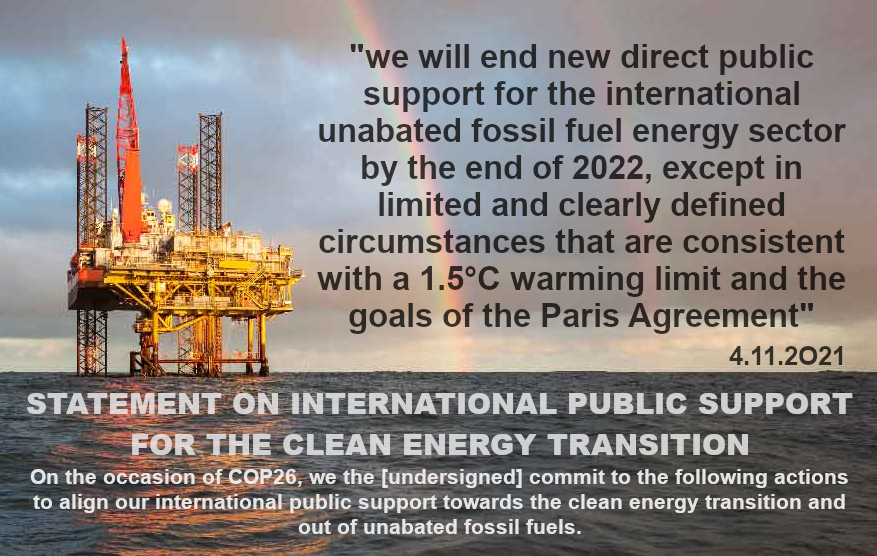
On the same day that the transition statements were released the UNFCCC put out a misleading headline that was not supported by the body of the text.
Headline:
End of Coal in Sight at COP26
Body:
At least 25 countries and public finance institutions commit to ending international public support for the unabated fossil fuel energy sector by the end of 2022
On 10 November 2021 the first draft agreement was released. The word ‘unabated’ does not appear and the phase out commitment is specific to coal and subsidies.19.
Calls upon Parties to accelerate the phasing out of coal and subsidies for fossil fuels;
On 11 November 2021 it was reported that climate advocates found the first draft to be “vague” and lacking in ambition. A new draft would need to be hammered out.
A new version of the draft agreement text is expected to be published at some point Thursday night, but COP26 President Alok Sharma made it clear the negotiations are far from over — so don’t be surprised if they continue past the deadline.
When The Guardian reported on the second and final draft on 12 November 2021 they quoted both key phase-out texts, but focused on the word “inefficient” with regard to subsidies rather than “unabated” with regard to mitigation. The headline asserts that the language has “softened”, but there’s nothing in the article to suggest that the inclusion of the word ‘unabated’ was part of that softening.
Headline:
Second Cop26 draft text: Coal phaseout remains in but some language softened
Body:
The latest draft proposal from the Cop26 chair, released soon after 7am on Friday in Glasgow, calls on countries to accelerate “the phaseout of unabated coal power and of inefficient subsidies for fossil fuels.The addition of “inefficient” could help countries that want to retain some fuel subsidies for the poor, while removing subsidies for major fossil fuel interests. This change to the language could also provide cover for countries that want to retain subsidies, however.
The word ‘unabated’ appears 3 times in the article. 2 of those instances can be found in a quote by Bob Ward of the Grantham Research Institute on Climate Change. In the quote he sums up the concession position on CCS held by the members of the Design to Win group of philanthropies and many of the recipients of funding spearheaded by John Podesta.
The call for countries to phase-out unabated coal power and inefficient fossil fuel subsidies is very important and historic. Unabated coal power releases carbon dioxide into the atmosphere, and all subsidies for fossil fuels are inefficient.
Item 19 in the first draft agreement became item 20 in the second and final draft. Unlike the transition commitments made a week before, the qualifier ‘unabated’ is only applied to coal power rather than to fossil fuels in general.
20. Calls upon Parties to accelerate the development, deployment and dissemination of technologies, and the adoption of policies, to transition towards low-emission energy systems, including by rapidly scaling up clean power generation and accelerating the phaseout of unabated coal power and of inefficient subsidies for fossil fuels;
In a 12 November 2021 article titled ‘COP26 cop-out on coal as fossil fuel phaseout diluted’, Helen Mountford, World Resources Institute vice-president for climate and economics identified the inclusion of the word ‘inefficient’ as a weakening point.
but the reference to “inefficient” fossil fuel subsidies “does weaken that a little”.
On 13 November 2021 statements from Greenpeace International Executive Director Jennifer Morgan were published. Morgan described the outcomes from COP 26 as weak, but stated they send a “signal”. The inclusion of the word ‘unabated’ in relation to phasing out coal power suggests to me that coal extraction will only end when we have dug it all up. Does Morgan not see this?
It’s meek, it’s weak and the 1.5C goal is only just alive, but a signal has been sent that the era of coal is ending. And that matters.
Morgan, who is now Germany’s special climate envoy described the phase-out item as a “breakthrough” despite its weakness. It’s hard to tell if the inclusion of the word ‘unabated’ is the reason Morgan perceives the phase-out item as weak. Greenpeace International have provided weak resistance to CCS development, but are on record as critical of an over-reliance on CCS and offsets.
The line on phasing out unabated coal and fossil fuel subsidies is weak and compromised but its very existence is nevertheless a breakthrough, and the focus on a just transition is essential.
The contradictions of Guterres
On the night before Greta Thunberg’s big speech in New York in September 2019 the UN Secretary General’s special adviser gave an address to the Oil and Gas Climate Initiative (OGCI). I don’t believe the remarks were ever meant to be made public, but a group of activists made it into the swanky event. It’s unlikely they knew the significance of the transcript they provided to the journalist Emily Atkin who was a favourite of Bill McKibben at the time. It’s unlikely that any of the activists were aware of the embargoed media release which contained an announcement of the OGCI’s massive global ‘Kickstarter’ plan to fund CCS decarbonisation hubs.

Your industry has the assets and the expertise to demonstrate the ambition we need and to lead the way. The world needs, and is demanding, an ambitious road map to reduce the carbon intensity of your industry, and to demonstrate your commitment to align with the goals of the Paris agreement.
Robert Orr, Special Adviser to Antonio Guterres, September 22, 2019
At the completion of COP 26 Guterres gave a pre-recorded address in which he neglected to acknowledge the ‘unabated’ qualifier.
I reaffirm my conviction that we must end fossil fuels subsidies. Phase out coal.
Guterres continues to ignore the qualifier. In recent tweets Guterres has echoed the sentiments he expressed at COP 26, but not the sentiments he expressed via his assistant in that luxury New York hotel with the world’s wealthiest oil and gas executives.
17 June 2022:
For decades, the fossil fuel industry has invested in pseudo-science & public relations, with a false narrative to minimize their responsibility for climate change & undermine ambitious climate policies. They exploited the same scandalous tactics as Big Tobacco decades before.
19 June 2022:
The only true path to energy security, stable power prices, prosperity & a livable planet lies in abandoning polluting fossil fuels – especially coal – and accelerating the renewables-based energy transition. Renewables are the peace plan of the 21st century.
Why has Guterres neglected to attend to the significance of the ‘unabated’ qualifier? Is he too a narrative slave like most of the climate justice movement? It’s clear that in not attending to the qualifier he poses no threat to the OGCI.
Hoping we’ll forget
In the muddied waters of time, most of the disingenuousness, douchebaggery and outright deception will be disappeared or be forgotten. Is this what the stenographers, pundits, NGO spokespersons and leaders are hoping for? How will the narrative framers respond as many of the projects they currently ignore come to fruition? Perhaps John Podesta and the billionaire philanthropists he represents have already got a plan?
We should remember that the captains of industry always like to turn a waste product into a feed stock for value adding. There are numerous examples of waste products being used as fillers, and there are celebrated examples of companies transforming their waste products into cost lowering and even profitable revenue streams. CO2 has, for decades, been viewed by the fossil fuel industry as a waste product that could be transformed into a valuable feed stock. This is precisely what is being deployed by virtually every major fossil fuel company on the planet. Is it conceivable that the oldest and wealthiest pillar of industrial globalist power could contrive to use philanthropy and every other covert means available to shape and compromise the resistance to their efforts? It certainly is!
[Michael Swifte is an Australian activist and a member of the Wrong Kind of Green critical thinking collective.]



